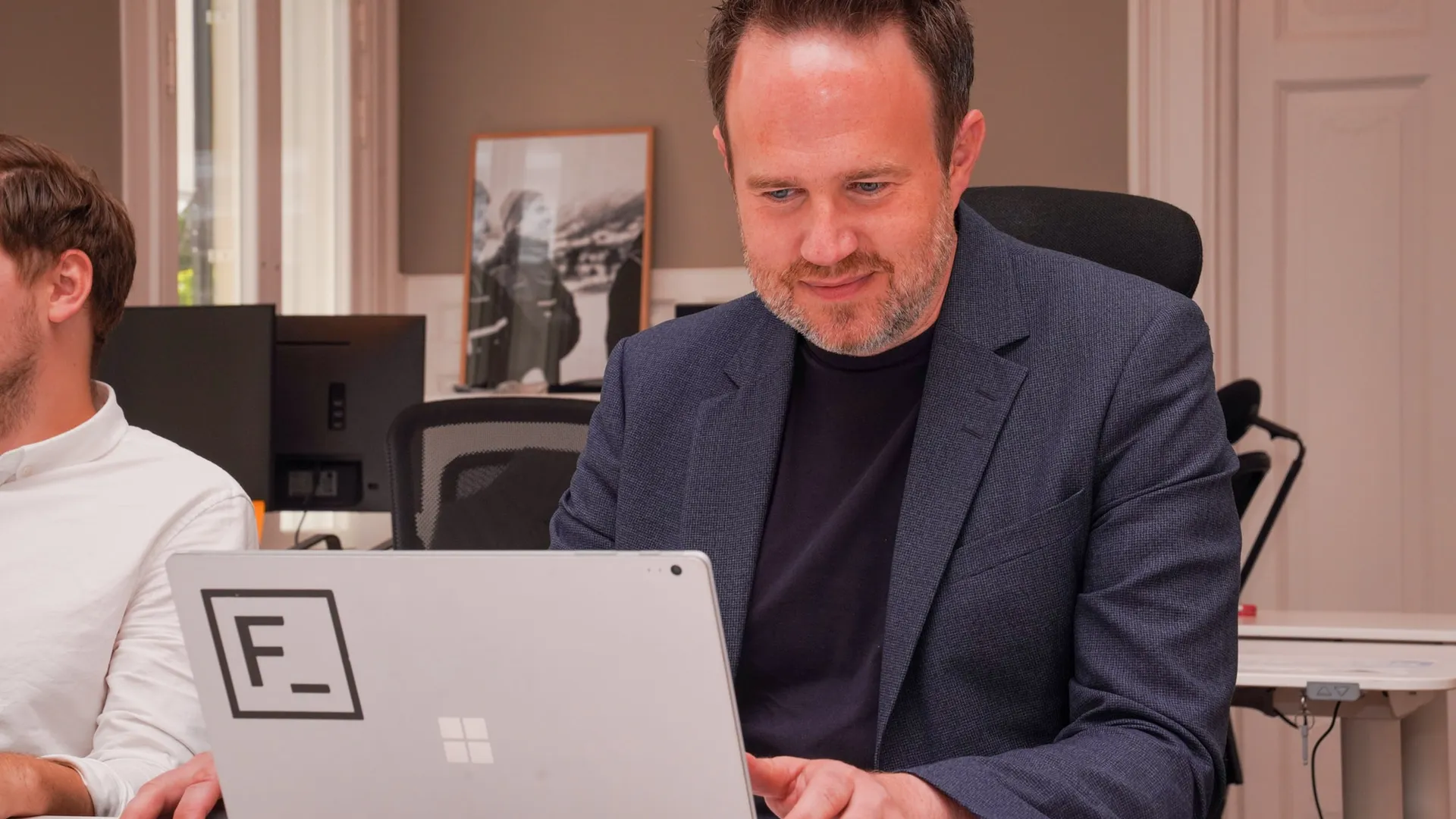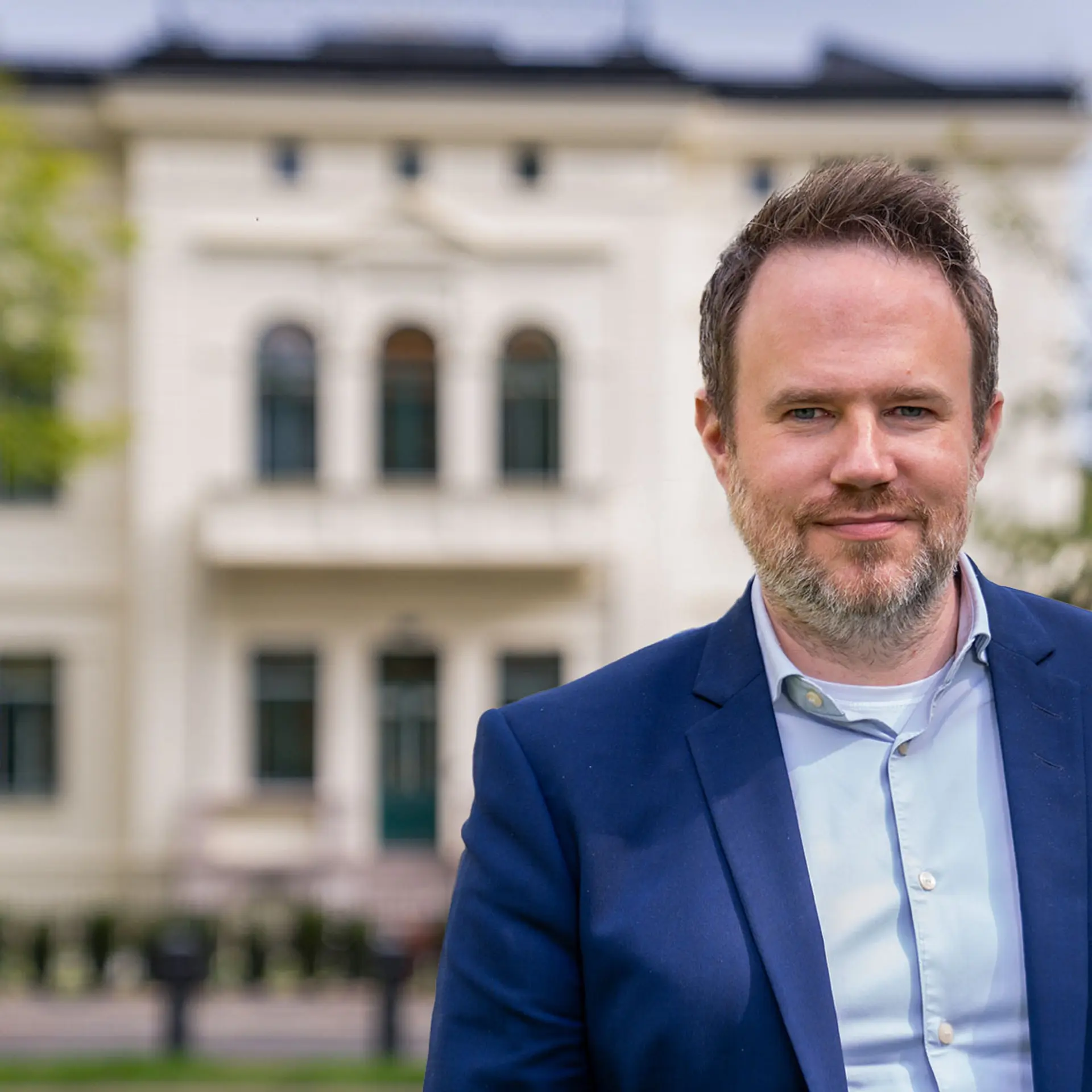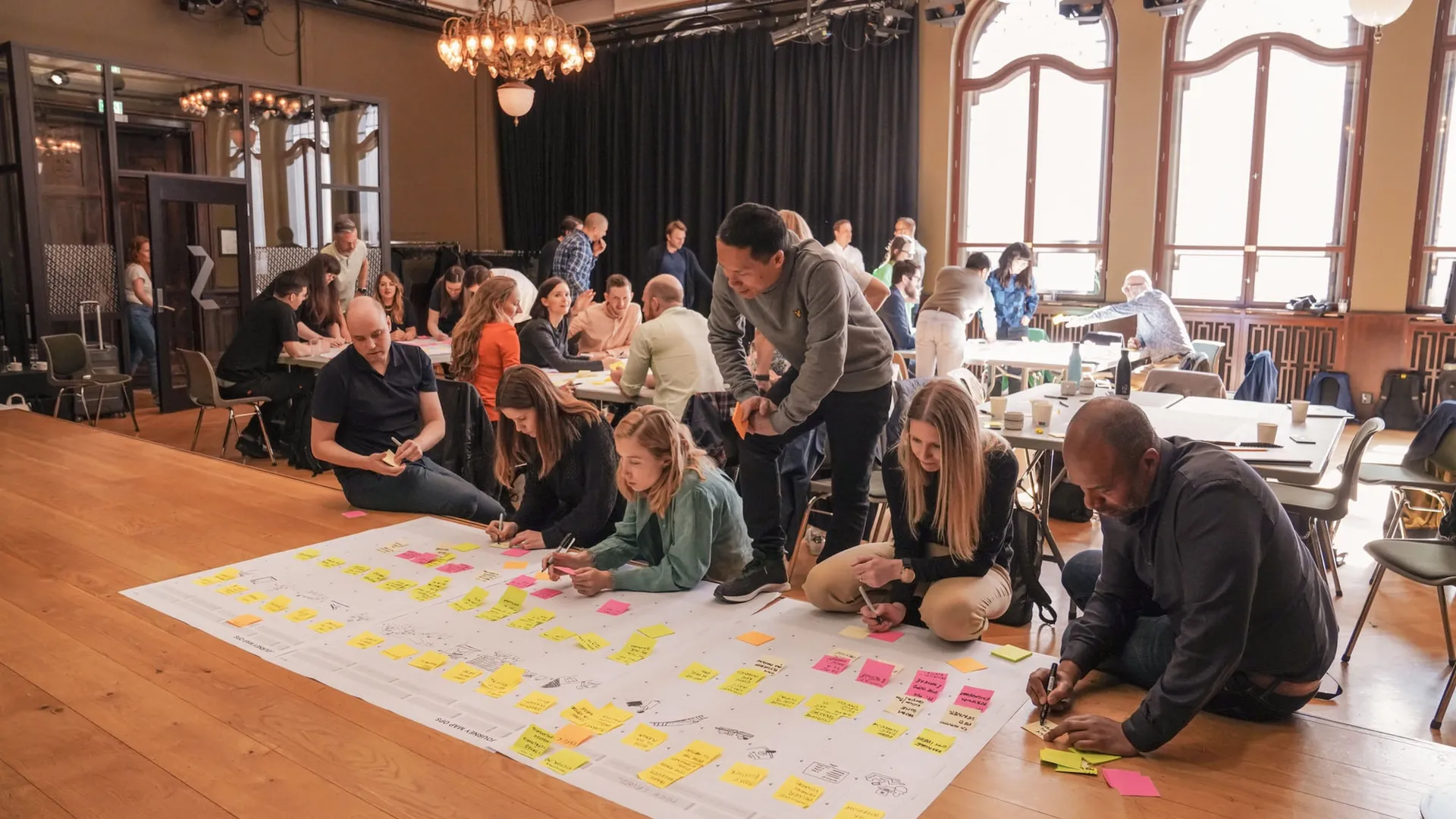Three important IT principles the minister must embrace

How should the public sector be digitized? And how can we avoid large and costly public IT projects where almost everything goes wrong? These are some of the most critical questions Karianne Tung should consider as she steps into her new role as the "Minister of Digitalization." If the new minister is to position Norway at the forefront of the digital realm, there are three particular areas within IT governance that need to be adhered to.
This week, it became clear that Karianne Tung (Labour Party) is the new Minister for IT and administrative policy in the newly established Digitalization and Administration Department. In a freshly released press statement, it is stated that the Minister of Digitalization and Administration is to be a driving force in developing new technological solutions closely aligned with the users. In the same press release, Prime Minister Jonas Gahr Støre emphasizes that "increased use of technology and digitalization affects the daily lives of each of us, but also society as a whole. It provides enormous opportunities but also requires knowledge, management, and regulation." This sounds good and noble, but by no means is it a simple task.
The new "Minister of Digitalization" has a significant and crucial task ahead, not only politically but also in setting the direction for how public IT projects should be managed and organized. When Karianne Tung and other public institutions are tasked with working out a new and improved direction for public IT projects, they should do so based on the following three principles: a user-centric approach, interdisciplinary organization, and small modules instead of large monoliths.
Adopt a user-centric approach
To ensure that new technological solutions are developed closely with the user, it is evident that a user-centric approach must be adopted. Although agencies like NAV and others have largely adopted this approach, most public IT projects have been driven by technical specifications rather than focusing on the value to be created for users. To change this, the focus must shift from technical specifications to the value to be created.
Who are the solution's target audience or users? What core activities do these users want to perform? What needs, pains, and issues do they experience in the current situation? And which of these issues do we believe is most valuable to solve? User-centric product development is about identifying the most important issues worth solving for the user. It's a delivery model and a way of working that should guide the further digitalization of the public sector.

Think product-oriented. Think interdisciplinary
Different perspectives are a strength, whether in a project team or a board. Interdisciplinary teams where developers, designers, and business developers work closely together are well-known to most. With an interdisciplinary team working closely, traditional handovers are avoided, and the team works more efficiently together, makes quick decisions, and avoids losing momentum. Through an agile and flexible process, the team can change focus and direction based on user or business input. The right mix of skills and the framework within which the team operates are crucial to ensuring good progress.
Shifting the focus from delivery areas to product areas is an important principle for interdisciplinary organization. It ensures speed and adaptability so that there is a product- and needs-oriented organization. The public sector has a way to go in this regard.

Move from large monoliths to small modules
The problems related to the Norwegian Health Platform are well-known to most working in the IT industry. The noise surrounding the Health Platform is an illustrative, not to mention costly (nearly 4 billion!), example in a series of failed IT projects, both in the public and private sectors. The reasons for such projects going off track are, of course, complex and multifaceted but often share the same core problem: building digital solutions on the wrong architecture.
It is still (unfortunately) common to build large monoliths that just keep growing. The large monolith eventually becomes so large and complex that all future investments are used to eliminate technical debt and fix issues rather than building new valuable services. The answer, of course, is to build a flexible and scalable digital platform consisting of many small, isolated services - popularly called microservices. These are services that are independent of each other and can be changed as new or changed needs arise, often without affecting other parts of the solution.
Such a digital platform ensures that you can go from idea to digital service more easily and quickly. The platform removes unnecessary barriers, such as not being able to access data from internal systems due to internal organization, old IT systems with various limitations, or long change orders in IT. These are well-known and frustrating problems for many, even in large public IT projects.

"It is absolutely crucial that we succeed in using technology well, including for implementing the green transformation we are in the midst of, and for handling the challenges that come with an aging population," Støre said in the same press release.
To realize this ambition, we must provide the people and organizations responsible for developing the best public digital services with the right conditions for success. Business model, organization, and technology must work together. Embracing the above points is a significant step in the right direction to create what Støre calls "a more efficient government."



